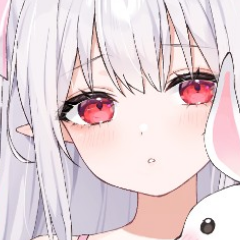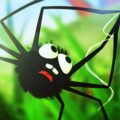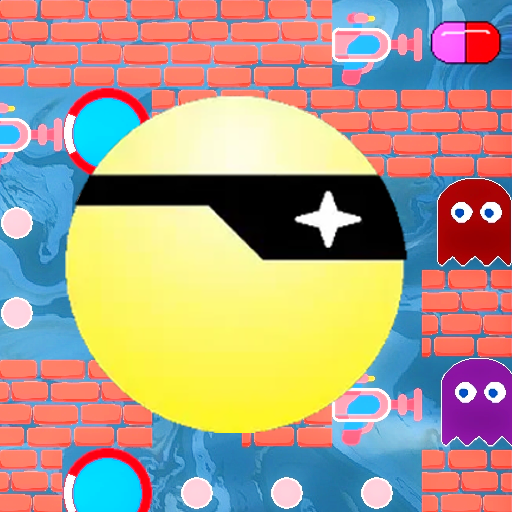What kind of flowers are there in Minecraft
This guide explores the diverse uses of Minecraft's botanical wonders, from dye creation and landscaping to rare species collection. Let's delve into the unique properties and applications of various flowers.
Table of Contents
- Poppy
- Dandelion
- Allium
- Rose Bush
- Wither Rose
- Peony Bush
- Lily of the Valley
- Tulip
- Azure Bluet
- Blue Orchid
- Cornflower
- Torchflower
- Lilac
- Oxeye Daisy
- Sunflower
Poppy
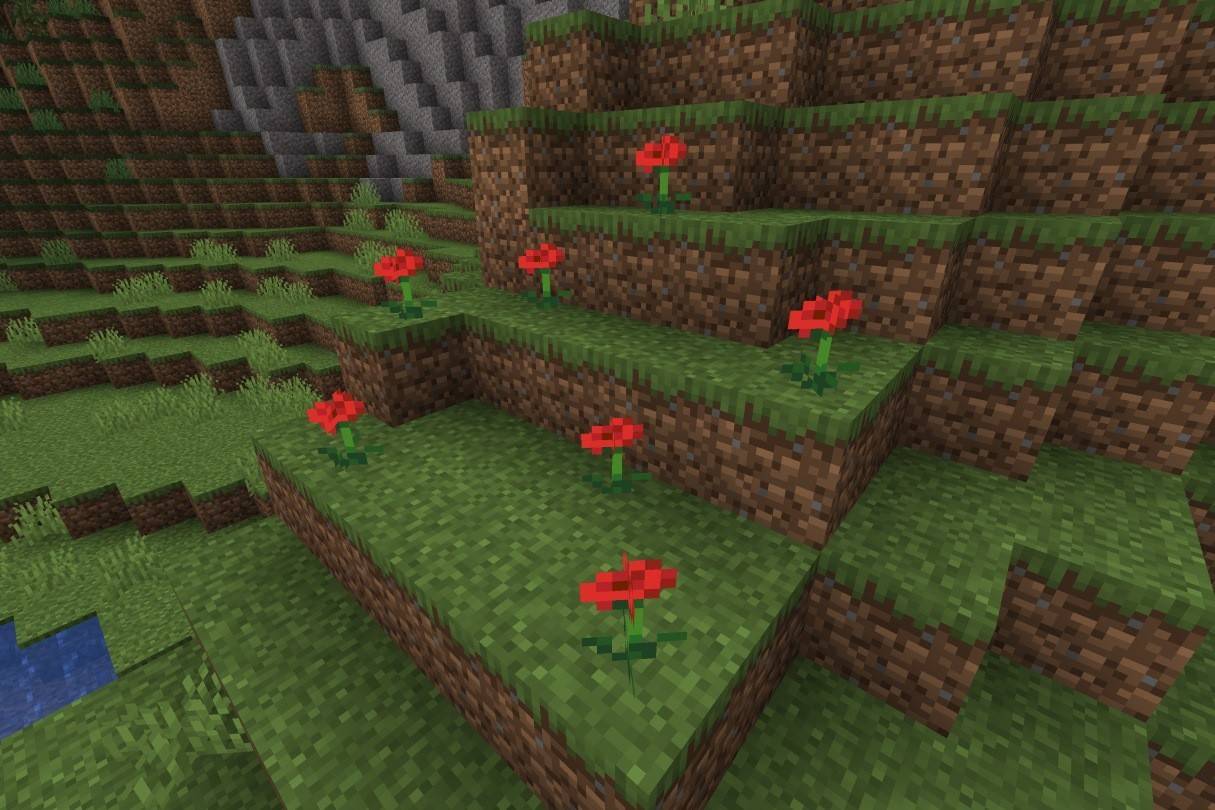 Image: ensigame.com
Image: ensigame.com
Replacing the original rose and cyan flowers, poppies are readily found in various biomes and dropped by Iron Golems. Their primary function is crafting red dye, essential for coloring banners, beds, wool, sheep, and wolf collars.
Dandelion
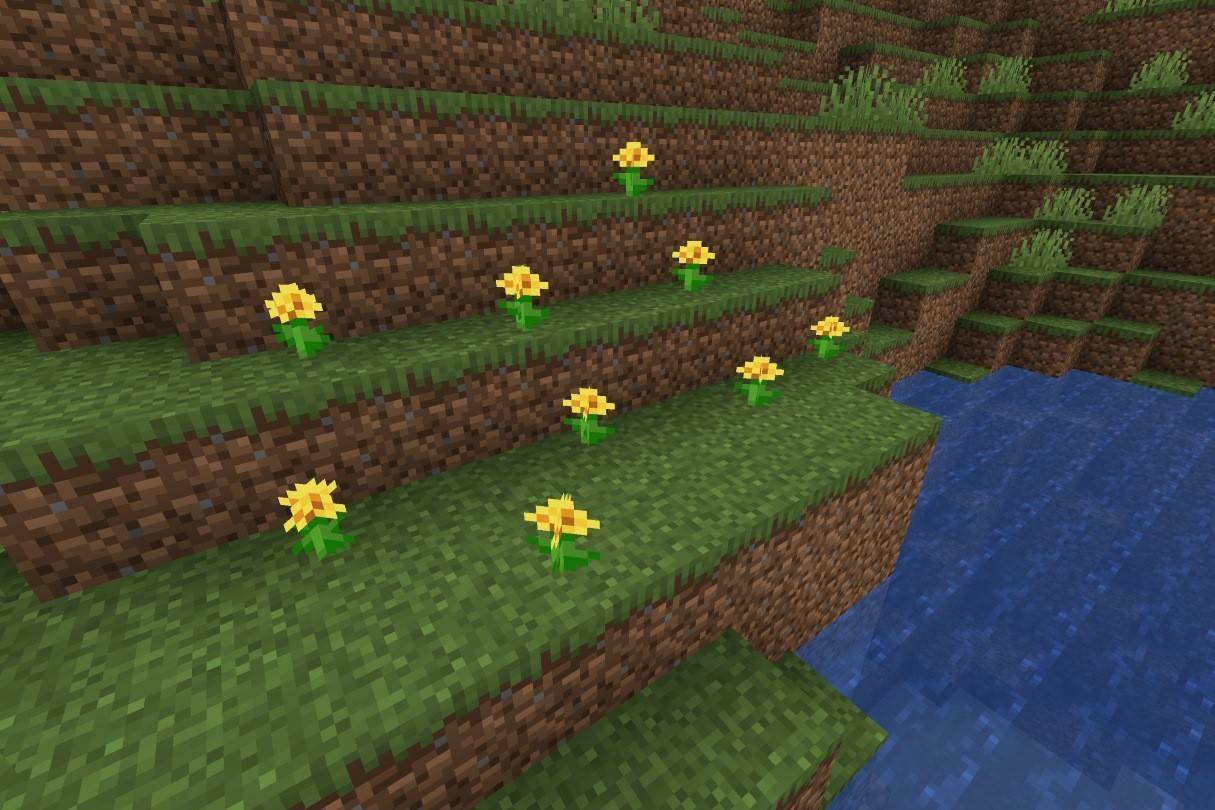 Image: ensigame.com
Image: ensigame.com
These vibrant yellow flowers, absent from marshes and ice plains, are prolific in flower forests. They yield yellow dye (sunflowers provide double the amount), perfect for brightening banners and wool.
Allium
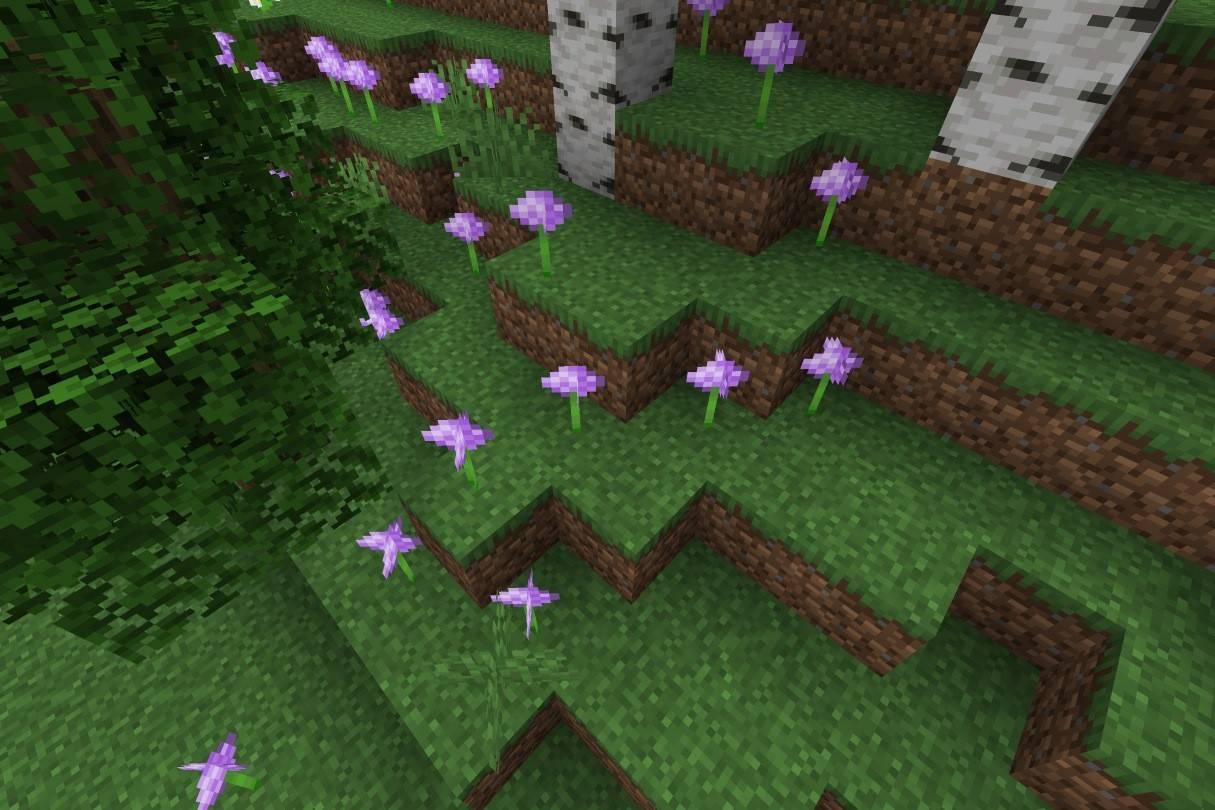 Image: ensigame.com
Image: ensigame.com
Native to flower forests, alliums produce magenta dye, crucial for coloring mobs and crafting magenta stained glass, terracotta, and wool.
Rose Bush
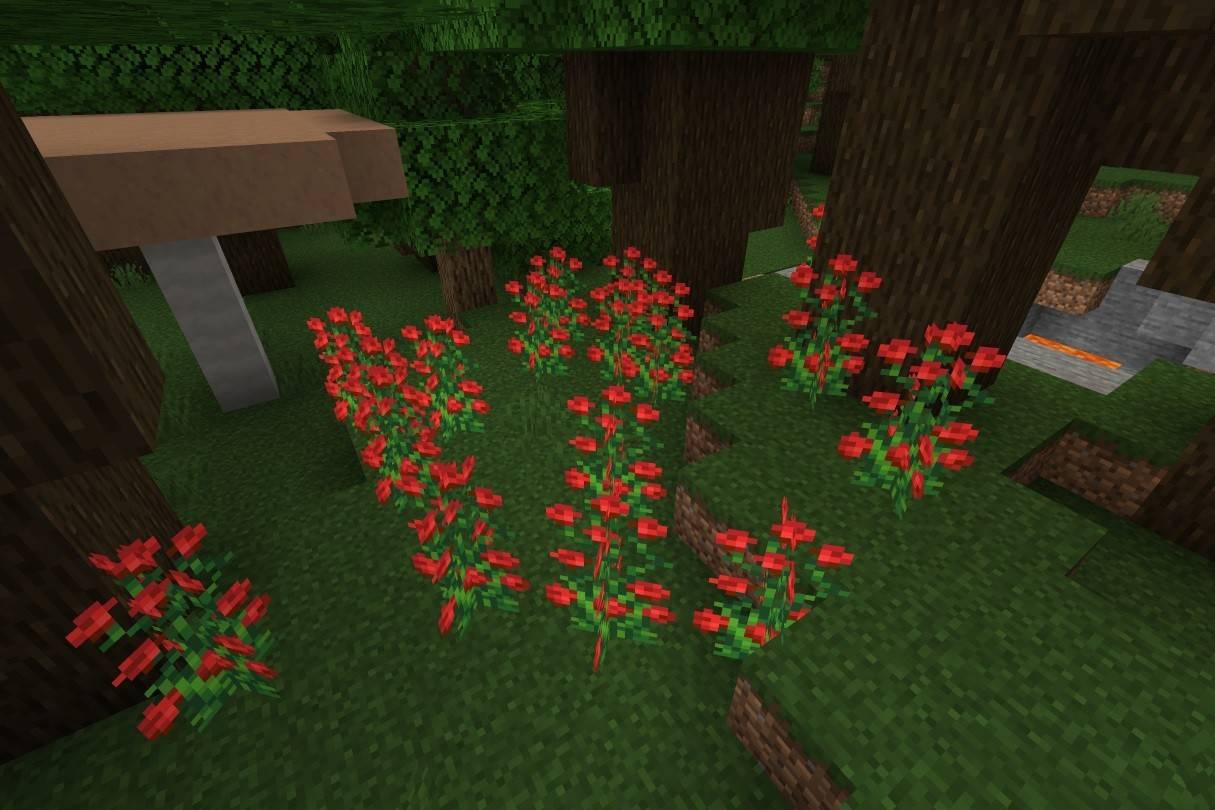 Image: ensigame.com
Image: ensigame.com
A two-block-high flower found in wooded biomes, rose bushes provide red dye for various applications, including wool, banners, beds, and leather armor. Unlike the wither rose, it's a safe and visually appealing addition to any landscape.
Wither Rose
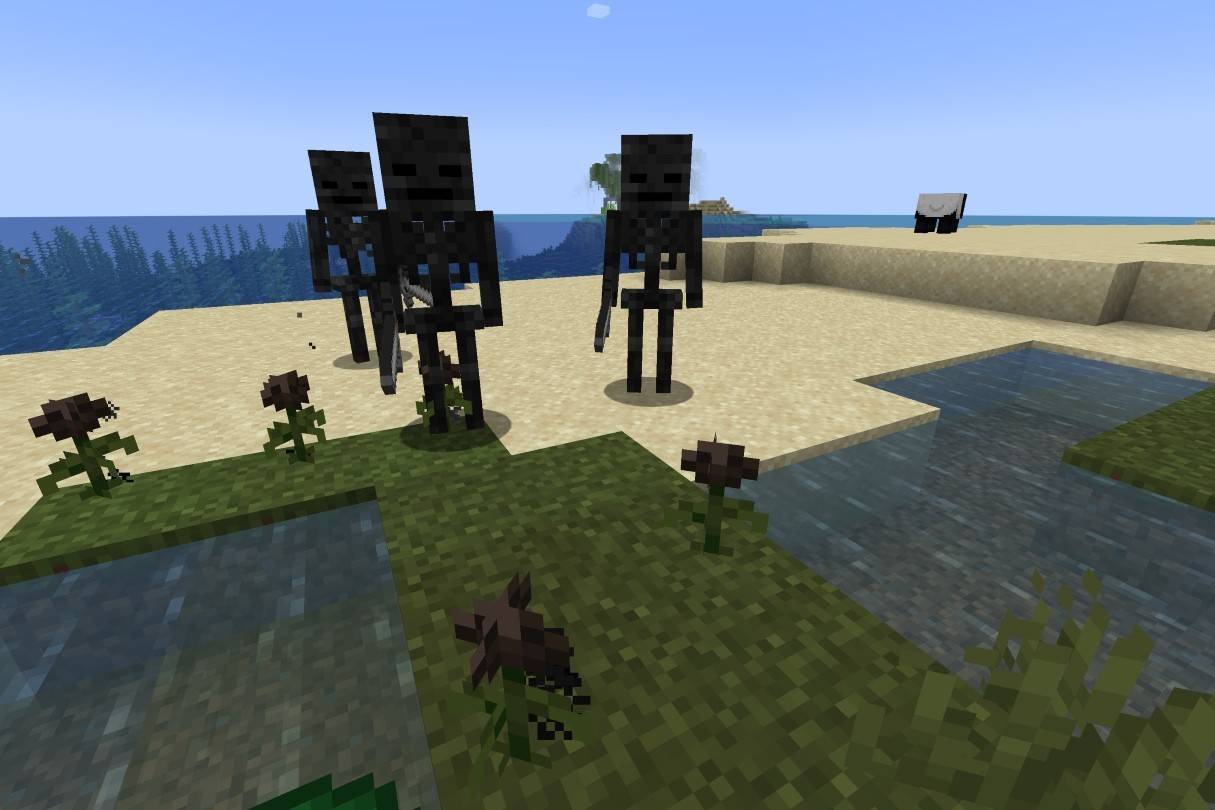 Image: ensigame.com
Image: ensigame.com
This ominous flower, spawned by the Wither or found in the Nether, inflicts the Wither effect upon contact. It's the source of black dye, used for coloring leather armor, terracotta, banners, beds, and wool, as well as firework stars and black concrete powder.
Peony Bush
 Image: ensigame.com
Image: ensigame.com
These tall pink flowers, found in woodland biomes, yield pink dye (or can be crafted from red and white dye). They can be propagated with bone meal.
Lily of the Valley
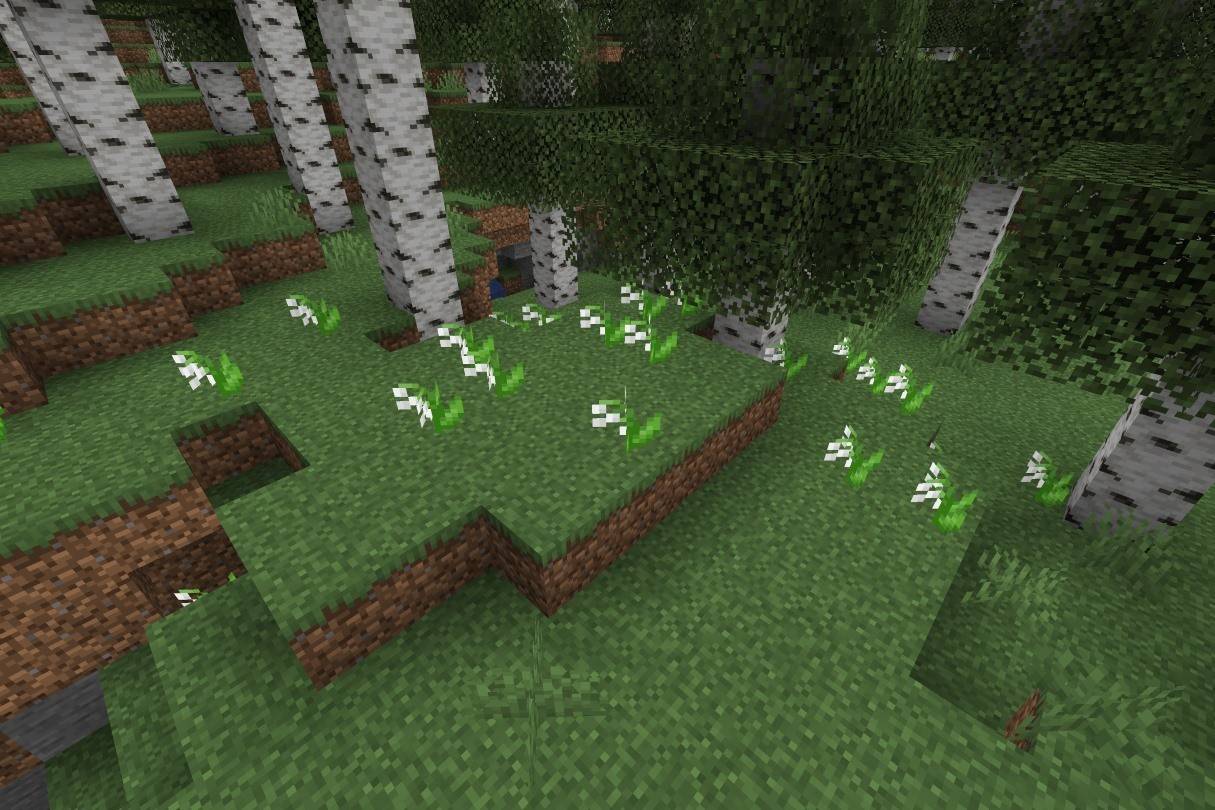 Image: ensigame.com
Image: ensigame.com
Found in forests and flower forests, lilies of the valley produce white dye, a base for creating various other dyes, including gray, light gray, light blue, lime, magenta, and pink.
Tulip
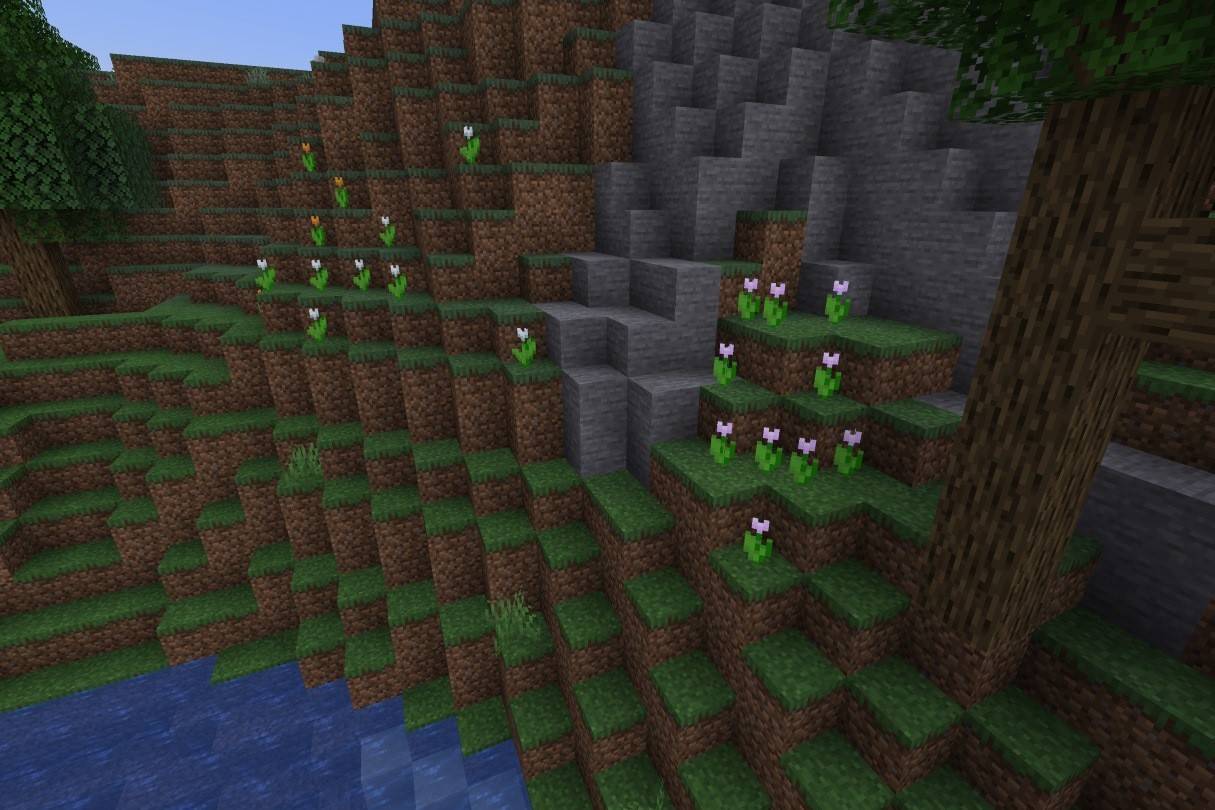 Image: ensigame.com
Image: ensigame.com
Available in red, orange, white, and pink varieties, tulips found in plains and flower forests offer a range of dye colors, providing diverse customization options.
Azure Bluet
 Image: ensigame.com
Image: ensigame.com
This small white and yellow flower, found in grasslands, sunflower plains, and flower forests, is used to create light gray dye.
Blue Orchid
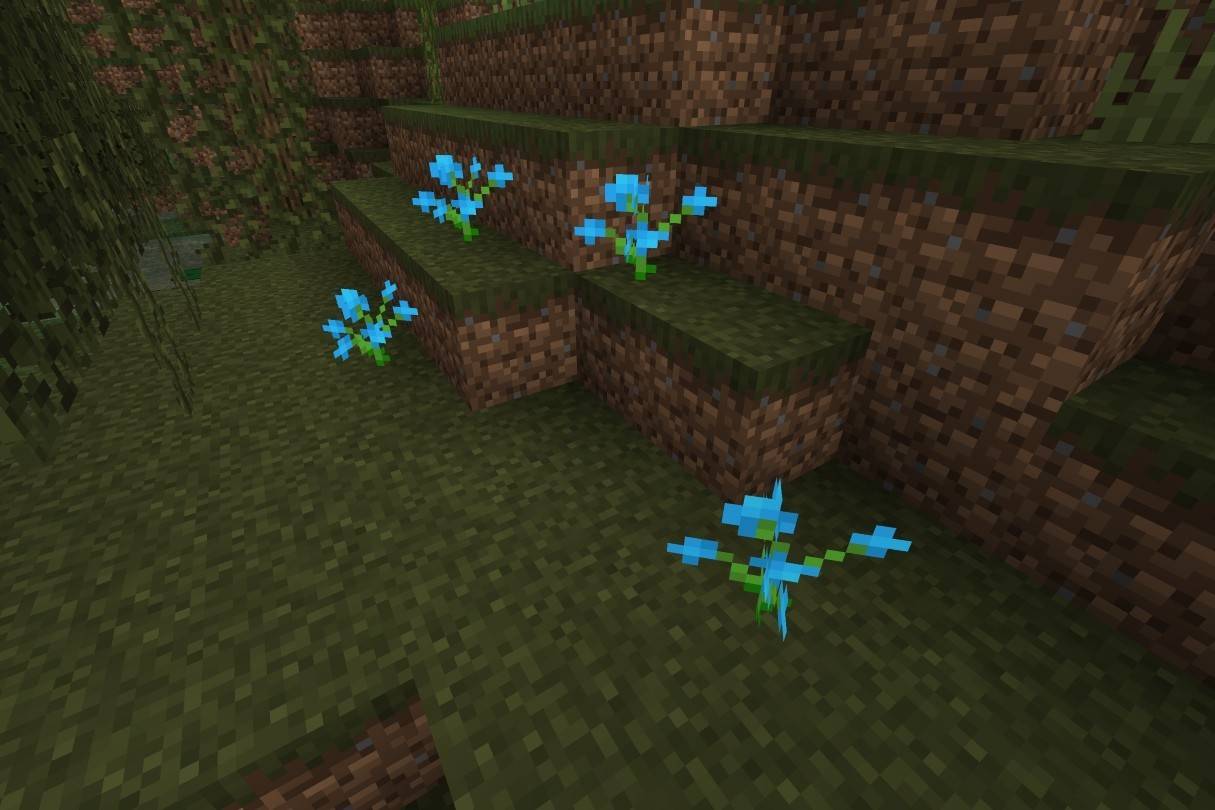 Image: ensigame.com
Image: ensigame.com
A rare flower found in swamp and taiga biomes, the blue orchid is a source of light blue dye.
Cornflower
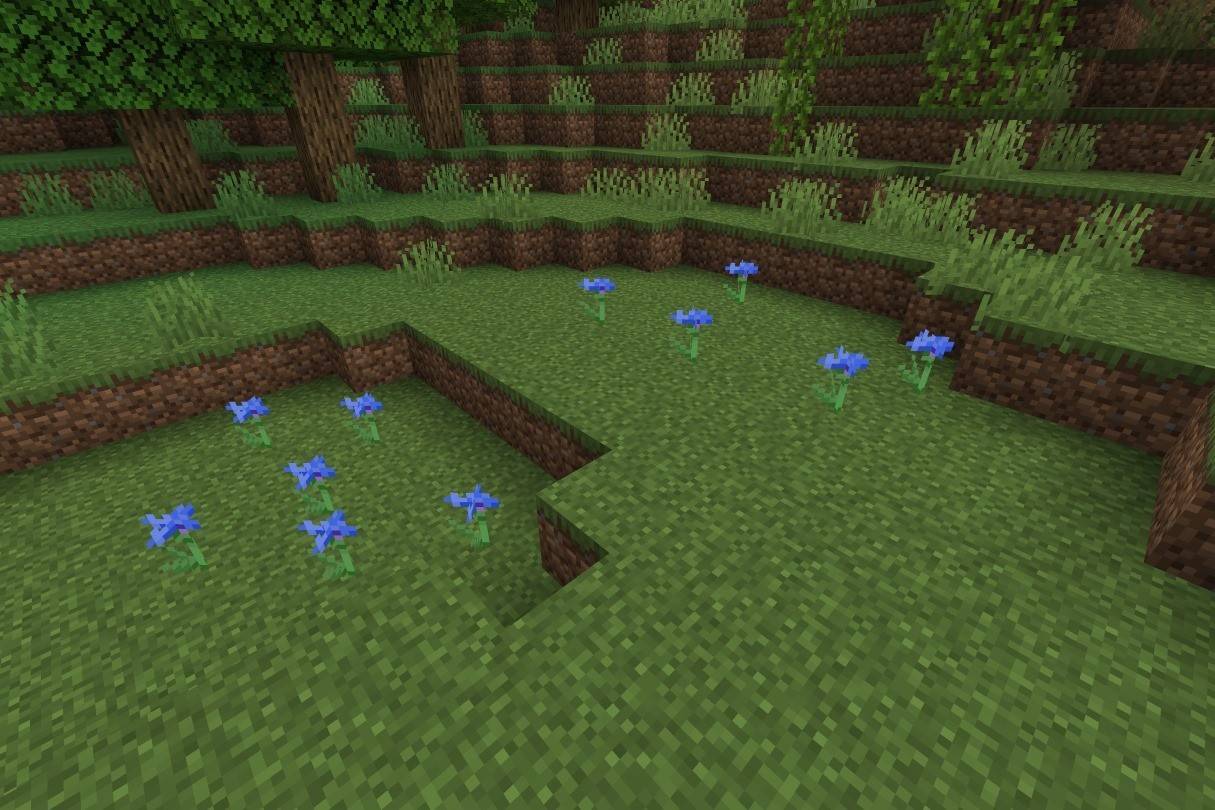 Image: ensigame.com
Image: ensigame.com
These blue flowers, found in plains and flower forests, yield blue dye for coloring wool, glass, and terracotta.
Torchflower
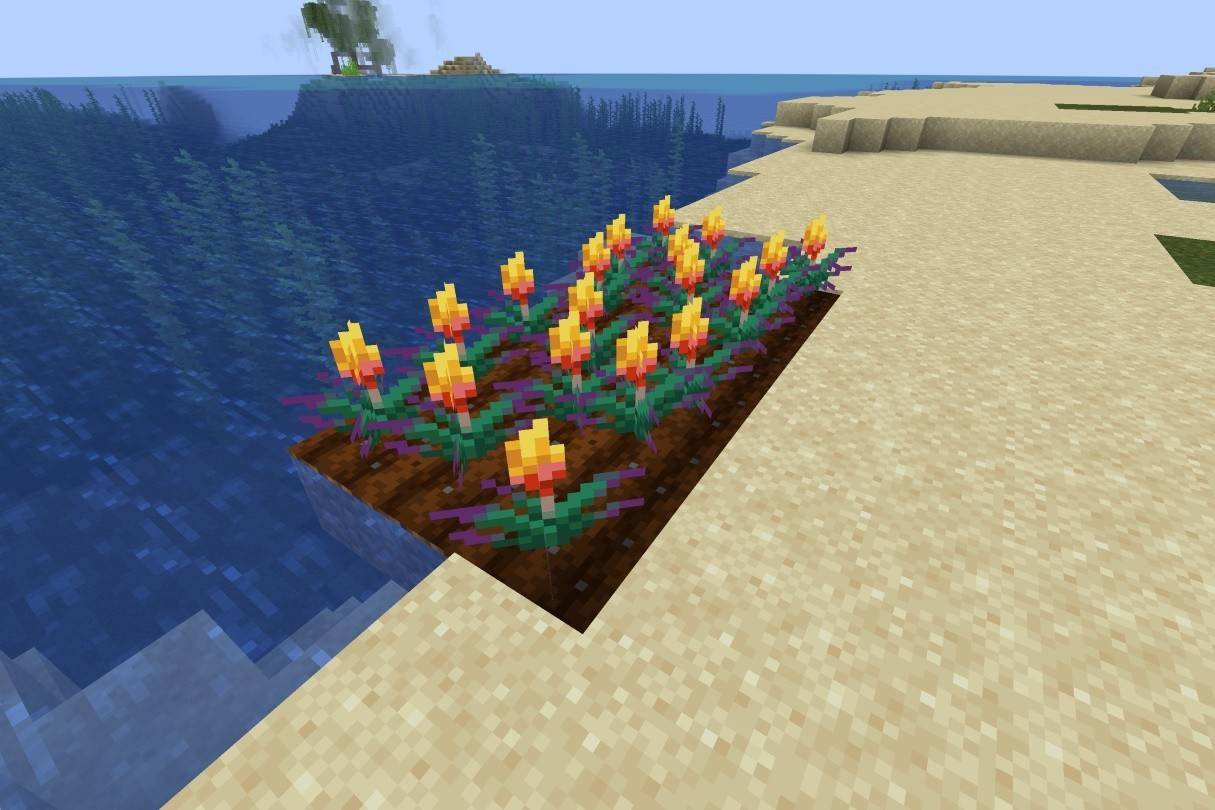 Image: ensigame.com
Image: ensigame.com
Grown from seeds, torchflowers produce orange dye. Their behavior differs slightly between Java and Bedrock Editions.
Lilac
 Image: ensigame.com
Image: ensigame.com
These tall, light-purple flowers found in various forest biomes produce magenta dye.
Oxeye Daisy
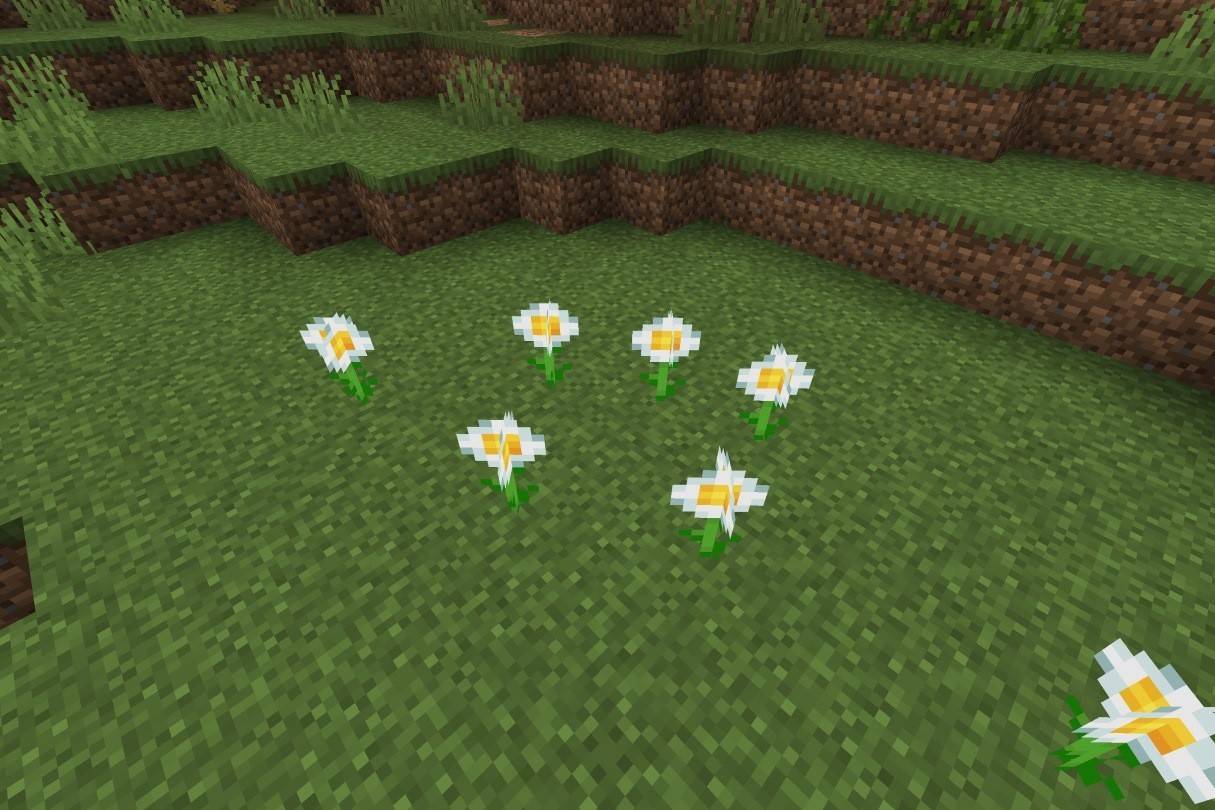 Image: ensigame.com
Image: ensigame.com
These white flowers with yellow centers, found in plains biomes, yield light gray dye and can be used decoratively in banners.
Sunflower
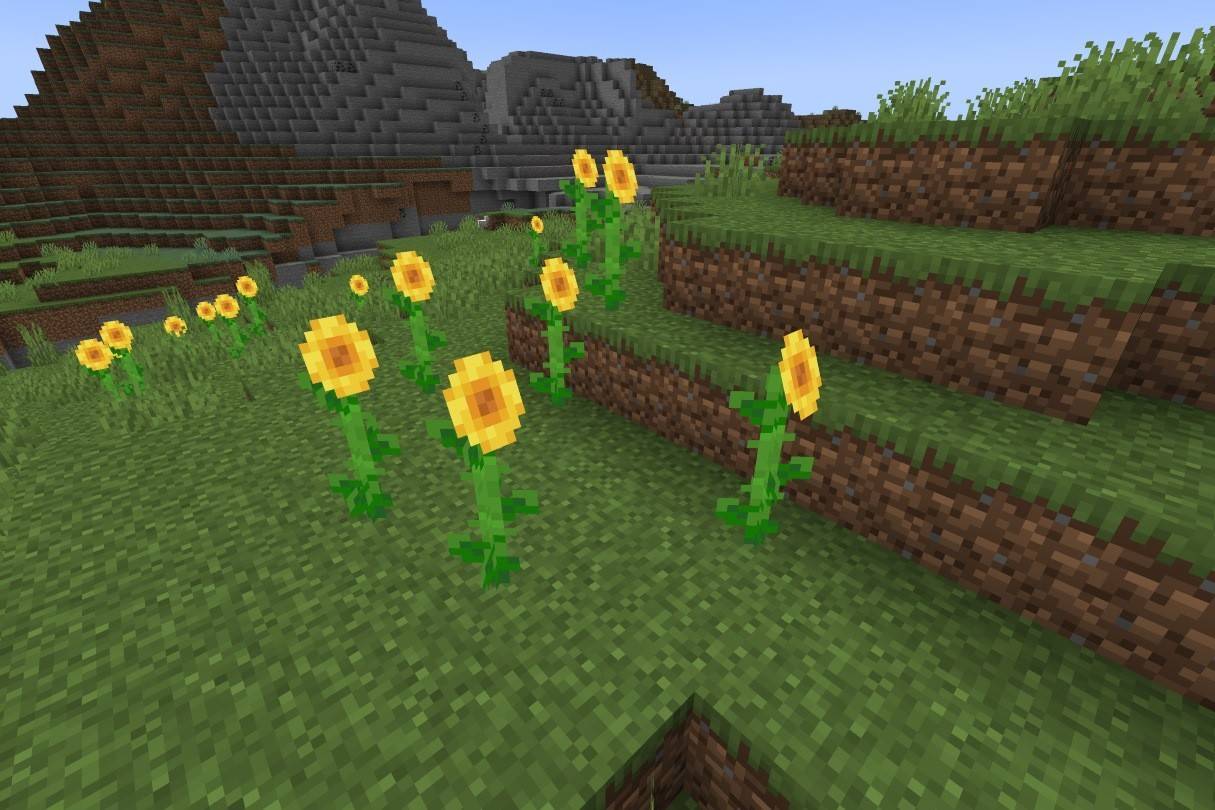 Image: ensigame.com
Image: ensigame.com
These tall flowers, found in sunflower plains, produce yellow dye and are useful for navigation due to their eastward orientation.
These flowers offer a wealth of possibilities in Minecraft, from crafting to decoration. Explore their diverse applications and unlock their full potential.
- 1 Silent Hill 2 Remake Confirms Xbox, Switch Release in 2025 Feb 08,2025
- 2 Connect Asus ROG Ally to TV or Monitor: Easy Guide Apr 06,2025
- 3 "Persona Games and Spin-Offs: Complete Chronological List" Apr 09,2025
- 4 Dragon Soul Tier List: Ultimate Guide May 12,2025
- 5 The Best Marvel Contest of Champions Tier List for 2025 Mar 19,2025
- 6 Fix 'Can't Connect to Host' Error in Ready or Not: Quick Solutions Jun 13,2025
- 7 Assassin's Creed Shadows: Max Level and Rank Cap Revealed Mar 27,2025
- 8 "Discover All Templar Locations in Assassin’s Creed Shadows - Spoiler Guide" Apr 04,2025
-
Top Arcade Classics and New Hits
A total of 10
-
Addictive Arcade Games for Mobile
A total of 10
-
Android Apps for Video Content Creation
A total of 10






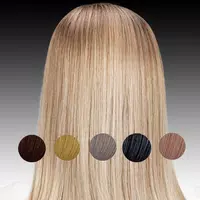





![Roblox Forsaken Characters Tier List [UPDATED] (2025)](https://img.actcv.com/uploads/18/17380116246797f3e8a8a39.jpg)


